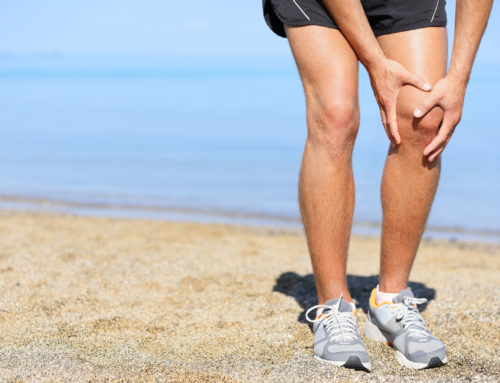Broken bones are one of the most common reasons people visit the emergency room. There are 206 bones in the human body, and some are more susceptible to injury than others. Falls, trips, slips, and collisions can all cause breaks or fractures. When bones break in more than one place, they are known as compound fractures.
Bones Commonly Broken
About 10% of all injuries suffered by U.S. high school athletes are fractures, and some sports are riskier than others. Delays in treatment can lead to chronic pain and even arthritis. Bones that are easiest to break are the following:
- The clavicle or collarbone attaches the arm to the body. The length of this bone makes it susceptible to breaking, especially during contact sports, clavicle fractures frequently occur in the middle.
- The arm accounts for 50% of all broken bones in adults. A broken arm can happen in the upper or lower sections of the arm and generally occurs from a fall or an impact.
- A wrist fracture occurs most on the thumb side of the bone. It usually happens from trying to break a fall. Skiing, biking, snowboarding, and soccer are the most typical activities that can lead to this injury.
- An ankle fracture occurs when it’s twisted or rolled. Sometimes, there’s ligament damage too. However, this is seen frequently from playing soccer, basketball, football, and rugby.
- Feet make up almost 25% of the bones in the entire body. They can, of course, break by impact, but also stress fractures can result from overuse. Soccer, ballet, and basketball are common causes of a fractured foot.
How to Treat A Fracture
A doctor generally confirms the diagnosis of a fracture or break by x-rays. Treatment consists of moving the bones into the proper position. Then, preventing them from moving while they heal. The good news, though, is that bones immediately begin the healing process by depositing calcium at the site of the fracture. When the healing process ends (which can take up to several weeks or months,) previously fractured bones are just as strong as they were before. Therefore, the site of the fracture isn’t any more likely to break again.
If you believe you may have broken or fractured a bone, or are experiencing problems from a previous injury, please call 888-409-8006. Or, schedule an appointment online today!







Leave A Comment